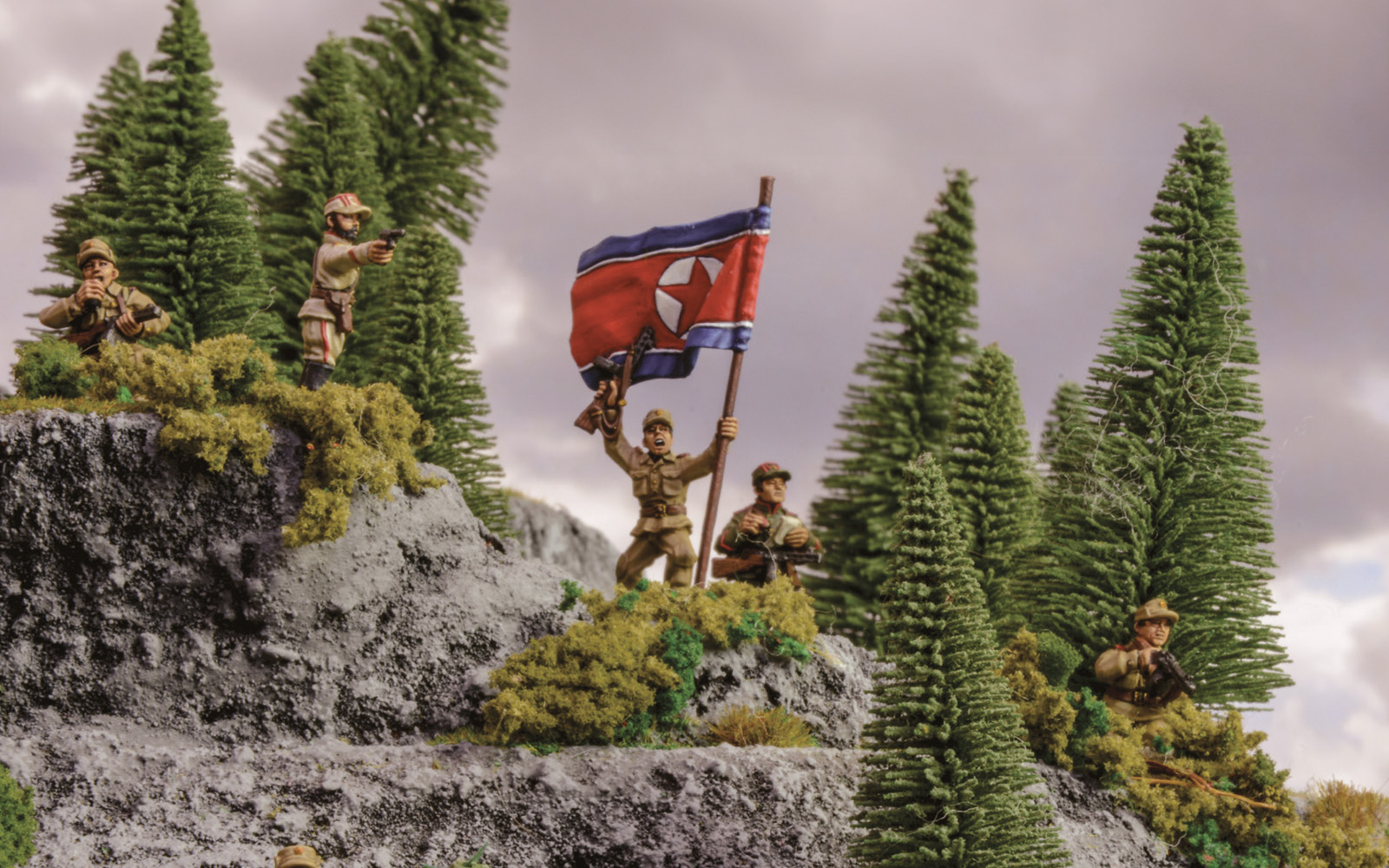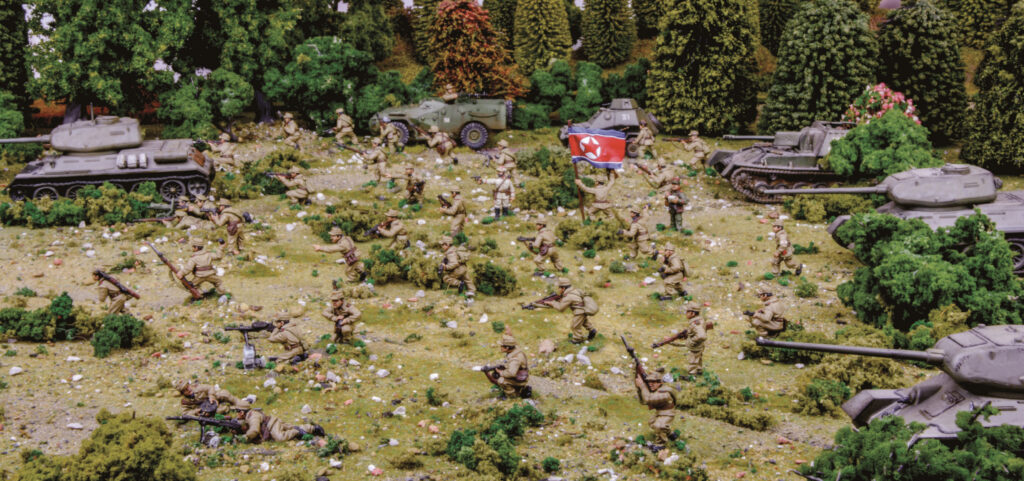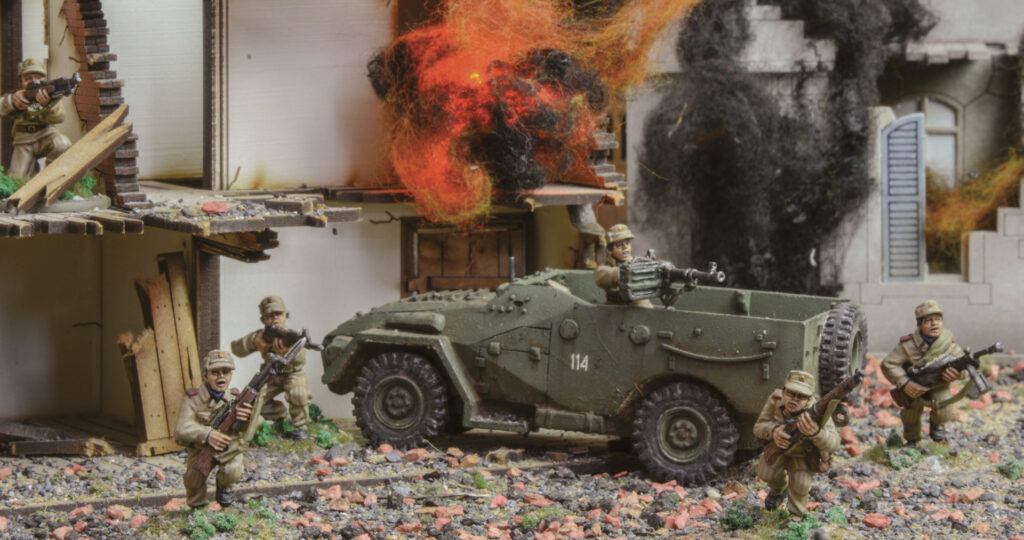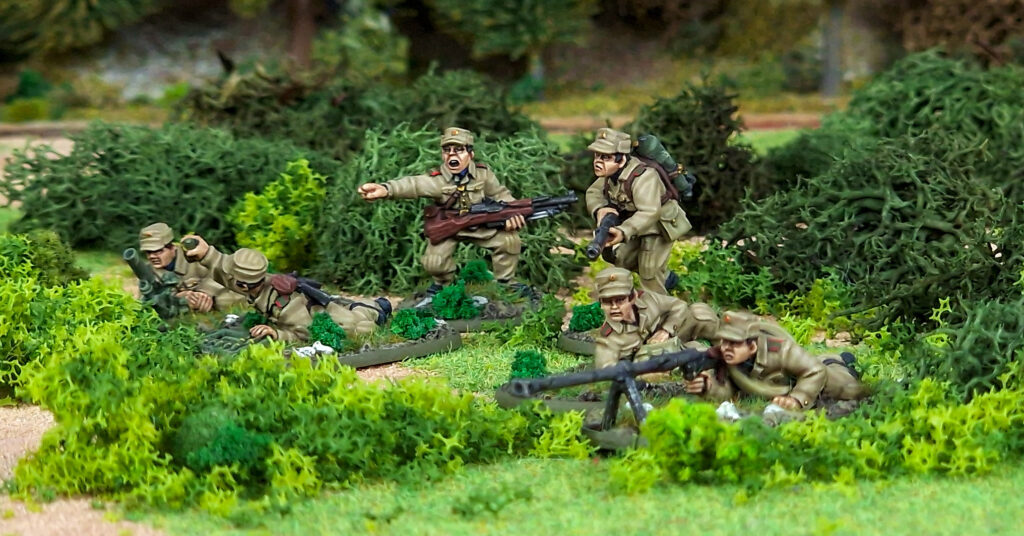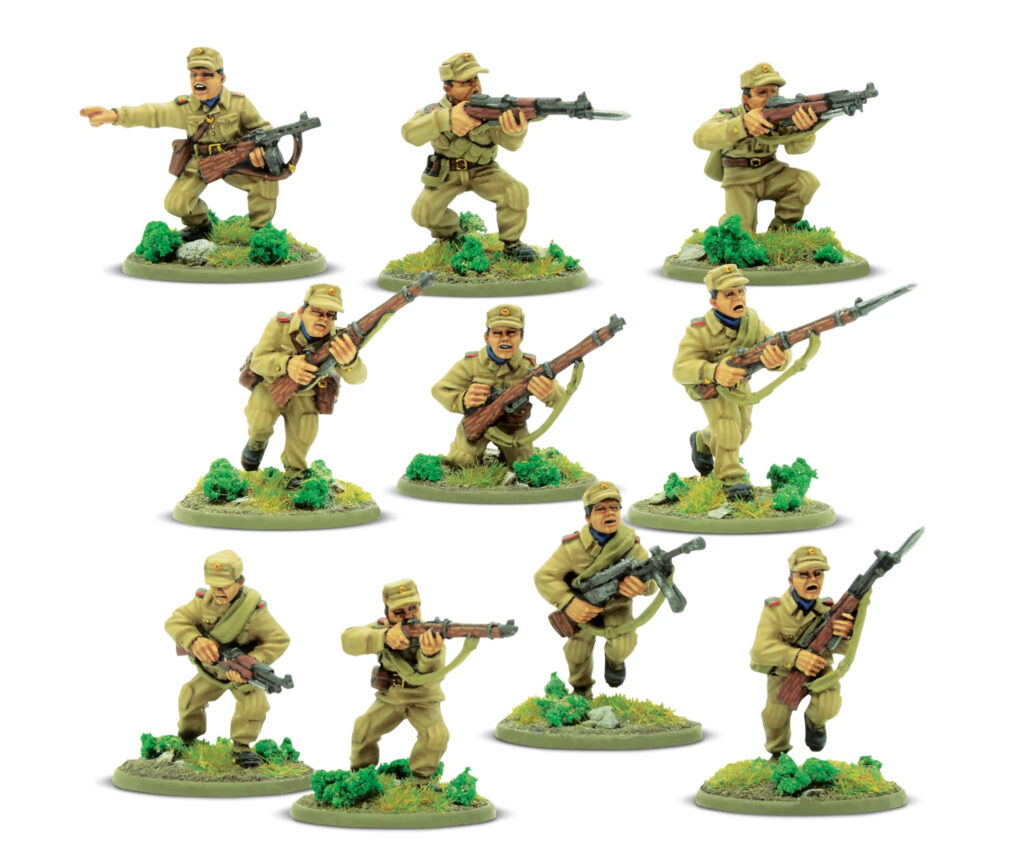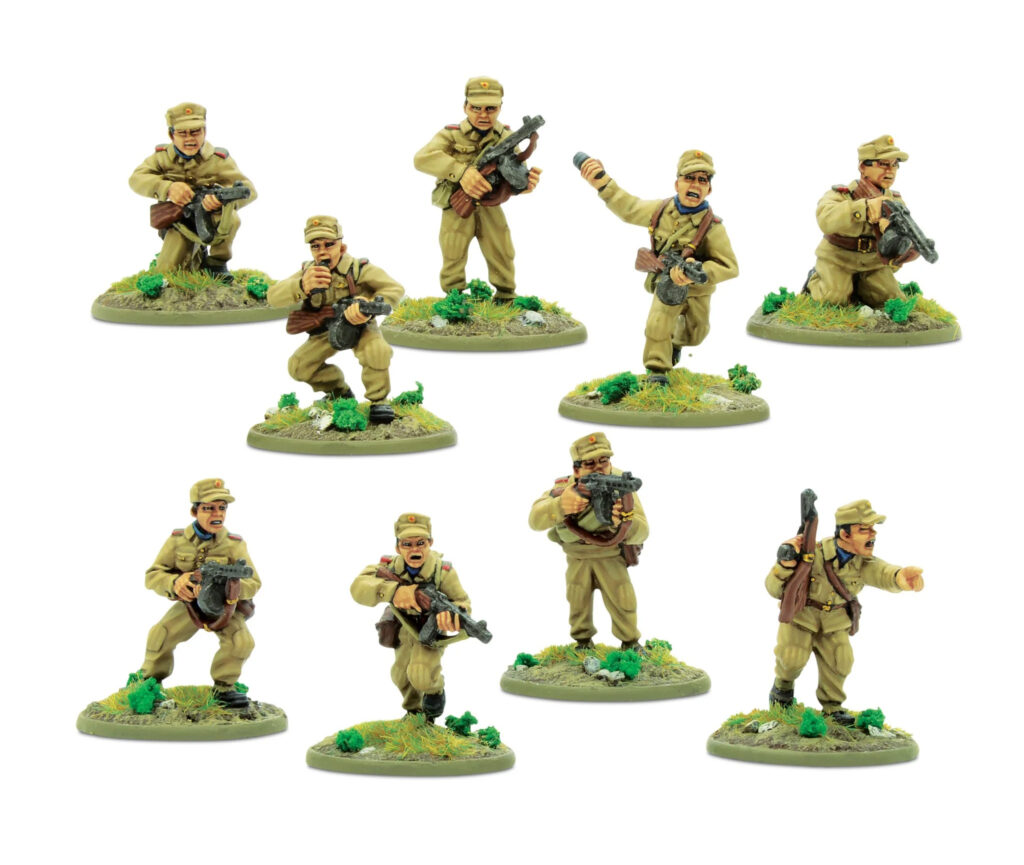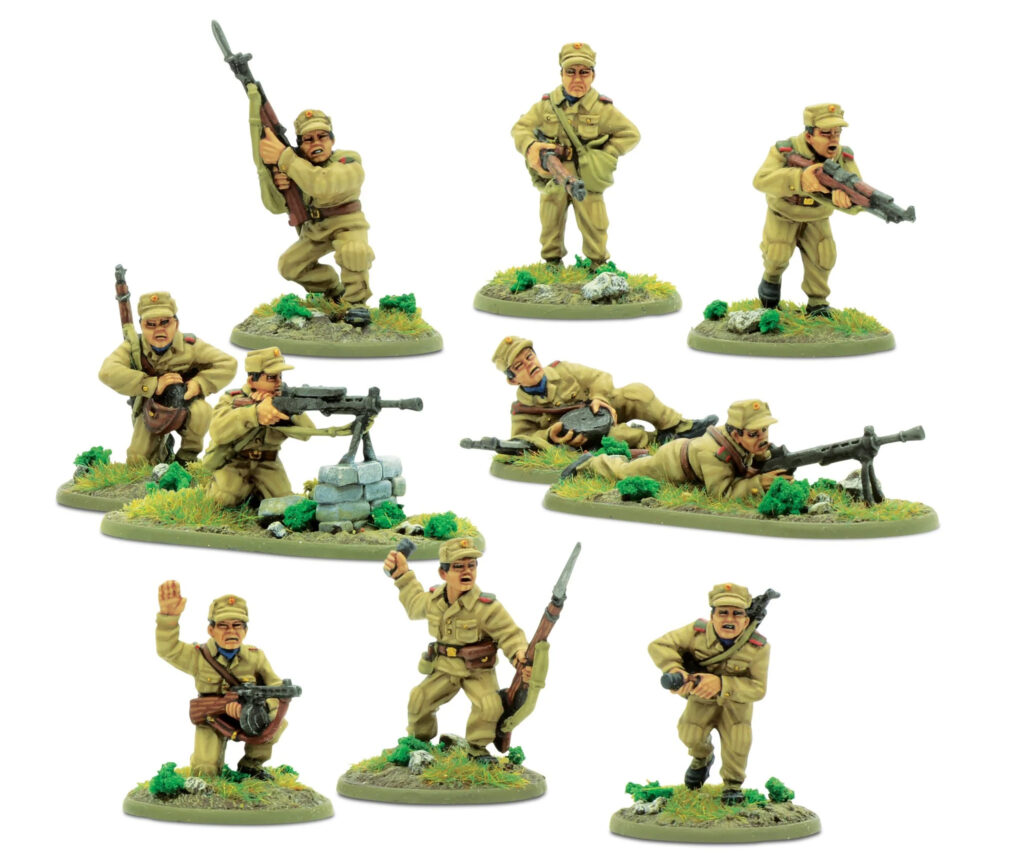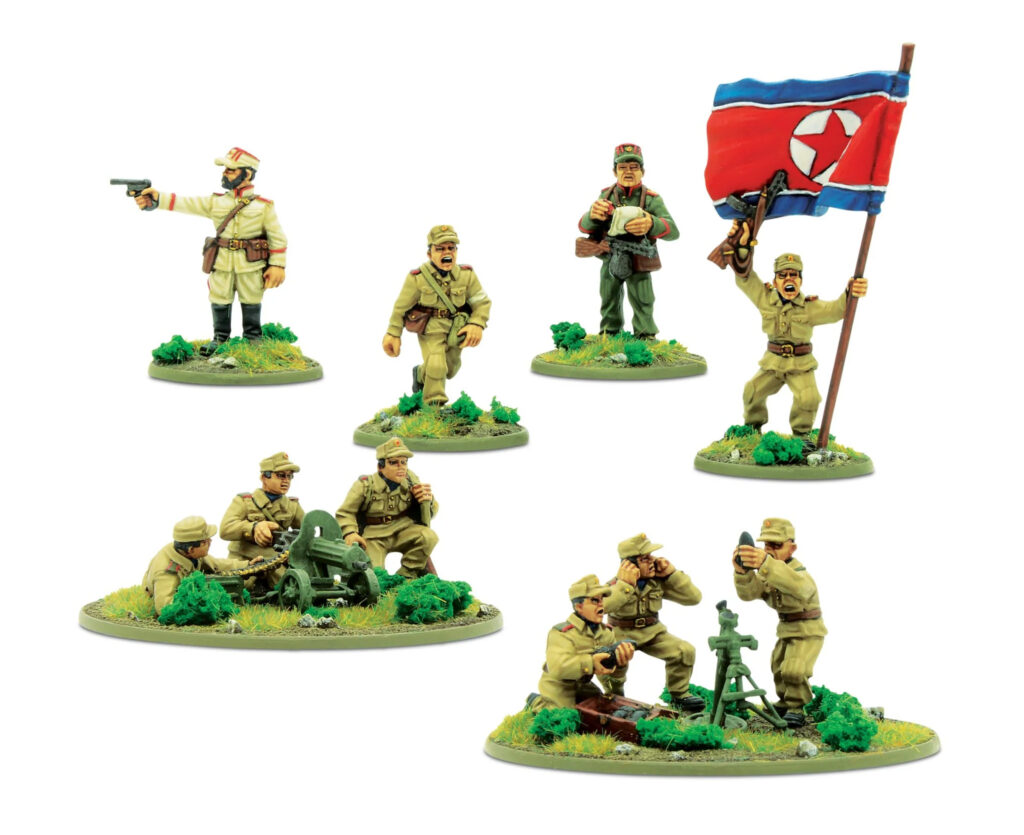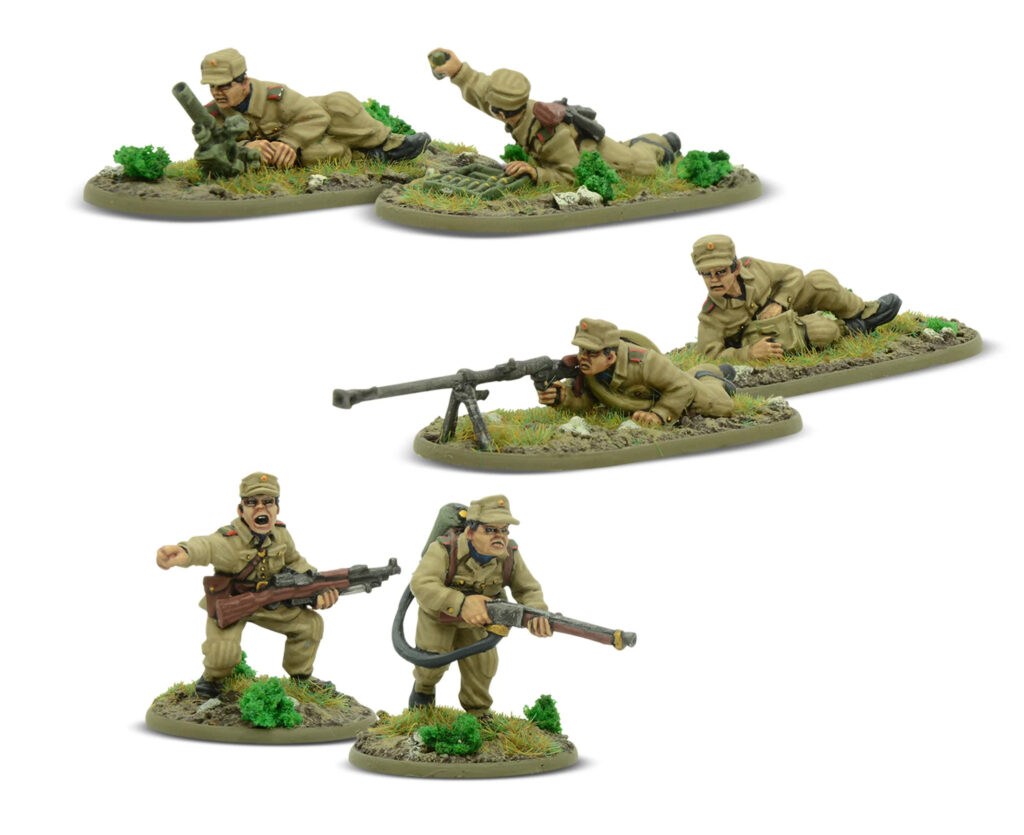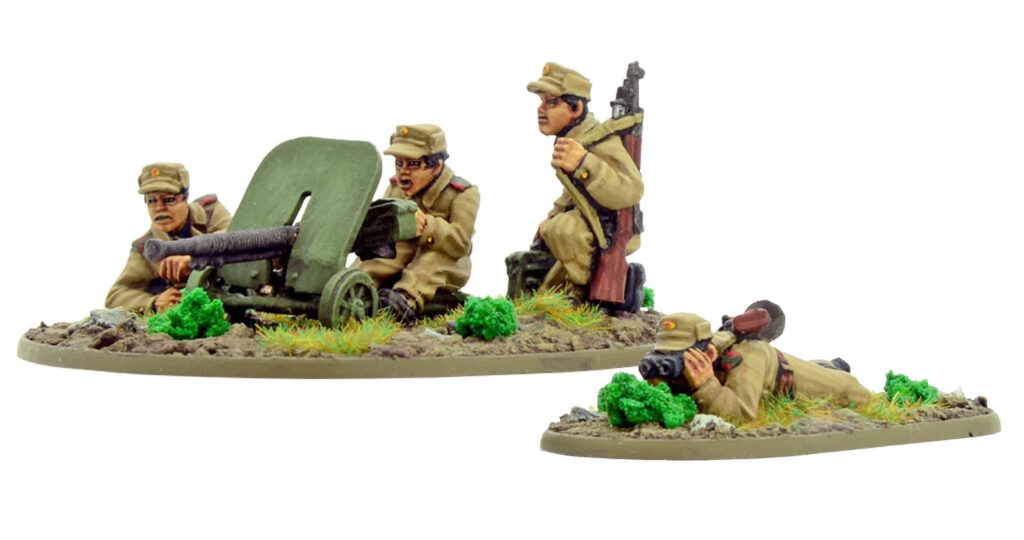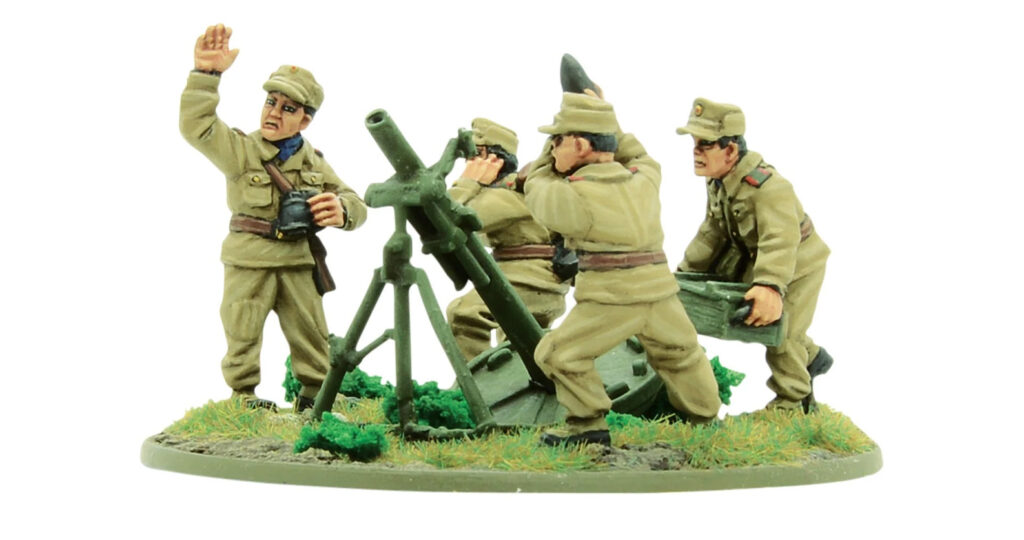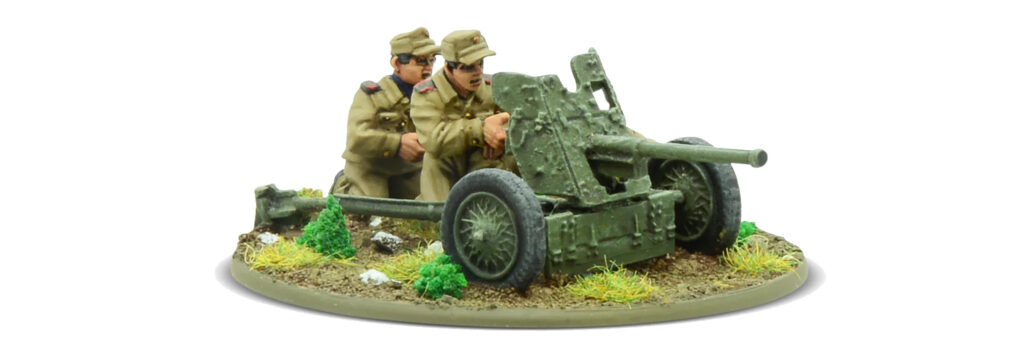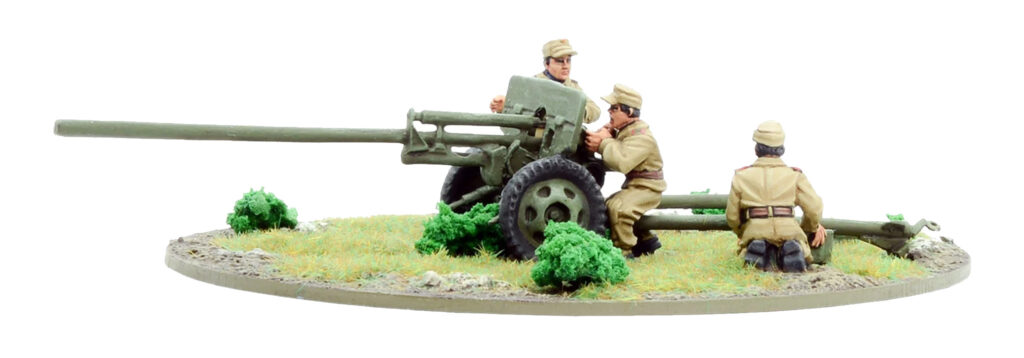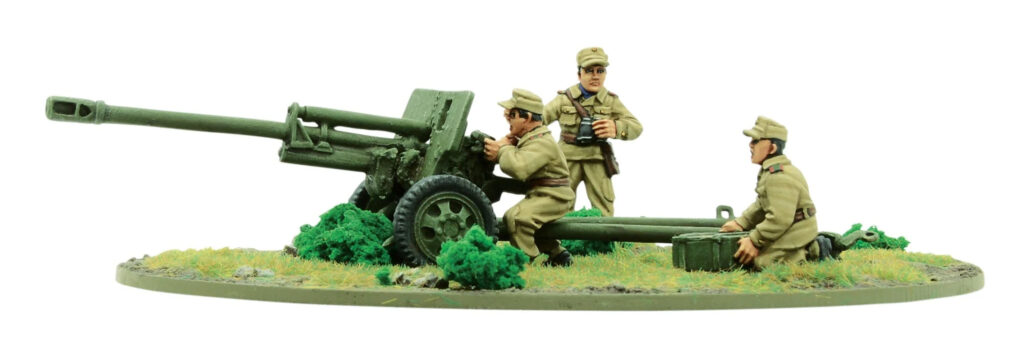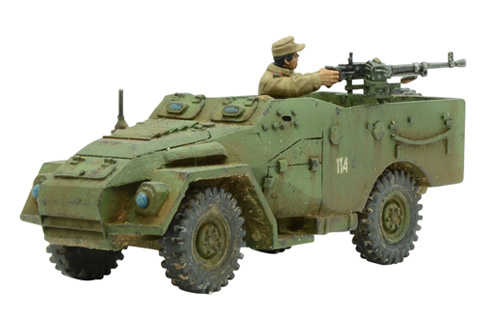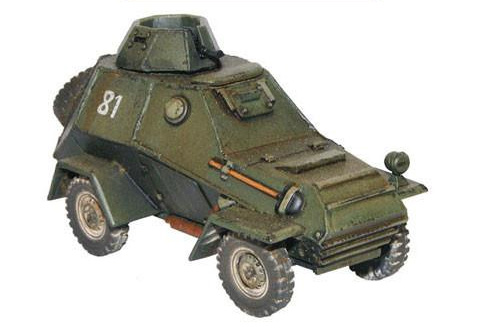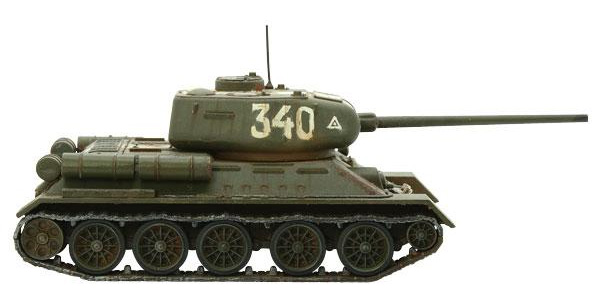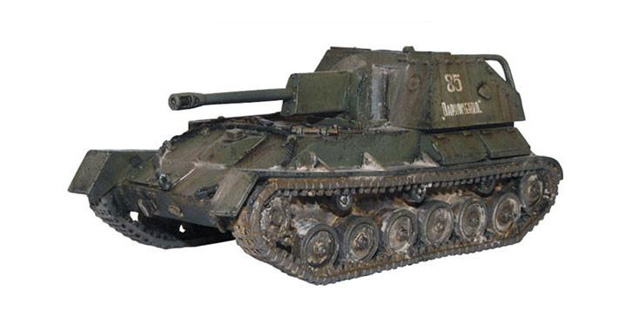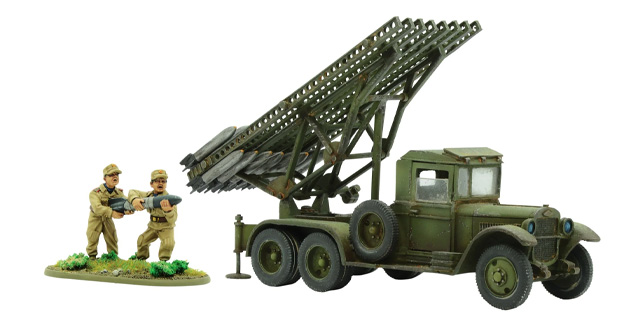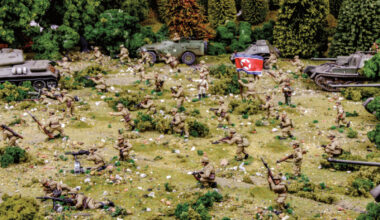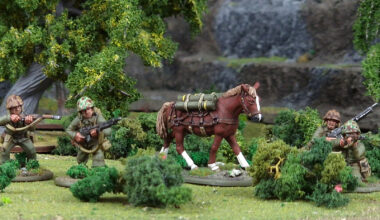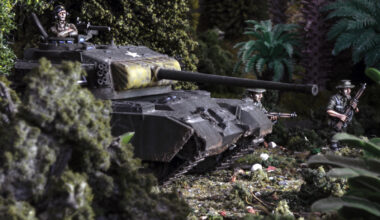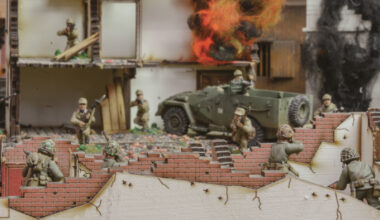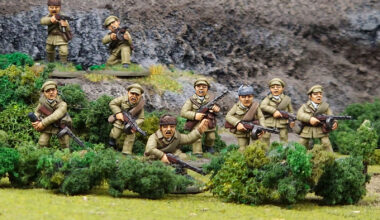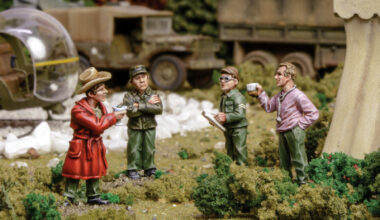During the Second World War, future North Korean dictator Kim Il Sung led a guerilla army against the Japanese forces occupying the Korean peninsula. During these campaigns, he acquired a following of battle-hardened resistance fighters, all of whom would prove useful in the struggle against the South.
Kim and his partisans skirmished with the Japanese along the Korean frontier, staging out of bases operated by the Communist Chinese and the Soviet Union. After being forced to flee across the Amur River, Kim would become a Major in the Red Army, where he would serve until the end of the war in 1945.
Kim’s reputation marked him out as a potential leader in the aftermath of Japanese occupation. With the support of the Soviet Union, he seized power north of the 38th Parallel, using the remnants of his guerilla force and other partisan units to form the Korean People’s Army.
The nascent KPA enjoyed support from the Soviet Union, who provided extensive training and materiel support – allowing them to rapidly outstrip their southern rivals in terms of military force. Adopting Soviet doctrine, the KPA operated using combined arms spearheads that would be driven deep into the enemy battleline before turning inward to destroy any survivors in detail.
In practice, this boiled down to a military force very similar to that of the Russians in central Europe at the end of the war – massed infantry formations supported by huge numbers of T-34 tanks and vast batteries of artillery guns. The forces of the KPA were vast, incorporating between 150,000 – 200,000 personnel, divided into 10 Infantry divisions, 1 Tank division, and 1 Air Force division. Although North Korean conscription was in effect before the outbreak of war, many young men were encouraged or pressed into service by their own families for the promise of financial reward.
‘If you have more men than they have bullets, they will eventually run out of ammunition.’
At the outbreak of the Korean War in 1950, the KPA were better prepared in every way for the coming conflict. Not only were they better trained and more favourably equipped, but earlier guerilla warfare in South Korea had also left ROKA forces little time to re-establish a strong military presence. As such, the initial attacks on June 25, 1950, were highly effective.
The KPA foot soldier has long been celebrated for his ability to endure the worst the enemy, the harsh Korean climate, and the hardships his own superiors can throw at him. Modelled on the mechanized Soviet Army, sporting armaments supplied by Stalin and bolstered by veterans released from China, the KPA forces were considerably larger and more dangerous than the UN anticipated.
The KPA in Bolt Action
You’ll find plenty to like in the KPA list. A variety of different infantry squads, including dedicated submachine gun squads and LMG squads, alongside support weapons, T-34 tanks and self-propelled guns.
The army special rules give you a free inexperienced rifle squad with all the trimmings, access to commissars and the ability to re-roll morale tests for HQ, infantry and artillery units. All these should be familiar to Soviet players!
At All Costs
The forces of the KPA were well accustomed to the hardships and sacrifices brought by war. Whenever a unit of infantry or artillery models fails a morale check and would otherwise be destroyed as a consequence, take the test again and apply this second result.
The unit selection is incredibly flexible, giving you options for aggressive or defensive forces – but really, the place where the KPA excel is on the attack, using their weight of numbers to overwhelm smaller or less capable UN forces.
Let’s take a look at the miniatures available for the Korean People’s Army in Bolt Action Korea:
Infantry
The standard Rifle Squad in the North Korean Army, the KPA, is a well-trained and well-disciplined team prepared for the many hardships anticipated in the struggle to come. Families have been separated by the 38th Parallel and the KPA rifleman is going to do his duty to unite the nation in order to unite families, lucky for all of them this will be under the Flag of the Great Leader and Communism!
Dedicated submachine gun armed companies were formed in the KPA at regimental level and deployed for shock assaults, trench, and street fighting. The primary purpose of the submachine gun company was to serve as the recon company for the infantry regiment. These soldiers, each armed with the PPSh 41, were highly motivated and eventually may be considered elite on some level. These nine-man squads typically broke off into three 3-man teams to perform their duties until they needed to bring a volume of fire to bear on the enemy.
At the opening of the war the basic KPA infantry squad consisted of ten men led by a sergeant and a junior sergeant – the KPA equivalent of a corporal. Each squad included
a light machine gun and one of the ordinary squad members would act as its loader – this would usually be the DP (Degtyaryov Pekhotny) machine gun, nicknamed the ‘record player’ for its distinctive round pan magazine.
Though KPA forces are especially hardy in Bolt Action owing to the Choson’Gul special rule (which gives them a second chance on their morale tests), adding a flag-bearer or a commissar will ensure that your forces hold the line.
The KPA used the Maxim Model 1910 as its medium machine gun throughout the war. It could be tripod-mounted, sledge-mounted, or be mounted on the two-wheeled Sokolov.
The standard KPA medium mortar of the war was the 82- PM-41 or 82mm battalion mortar Model 1941.
While the anti-tank rifle soon fell out of favour in other armies, the KPA used them and received their training from the Soviet advisors attached to their units.
The KPA made great use of flamethrowers, due to shortcomings in developing other credible antitank weapons, doctrine placed strong emphasis on using flamethrowers as anti-tank as well as anti-infantry weapons.
The standard light mortar used by KPA is the same the Soviet infantry operated during World War II; the 50mm Infantry Mortar Model 1940 (50-PM 40).
The DShK 12.7mm belt-fed heavy machine gun was the standard KPA heavy machine gun of the Korean conflict, comparable to the US .50-cal Browning. It was used on wheeled mountings like the Maxim and could quickly be placed on a tall tripod for anti-aircraft defence.
The KPA used the 120mm mortar which had a range of about 6,000 yards. The Soviet strategy, shared with the KPA, showed these weapons used in a manner similar to the US 105mm howitzers. This very effective mortar could be broken down into three parts and transported by pack animal, making it highly mobile.
Artillery & Anti-Tank Guns
The 45mm anti-tank gun, M1942, was designed to provide a weapon with greater penetrative power than the 45mm anti-tank gun, M1937. It was lightweight and valuable to the KPA infantry for reducing fortifications or any form of pillbox.
The 57mm ZiS-2 was a rapid-firing semi-automatic gun and could shoot up to 25 rounds a minute. This weapon was used by the KPA to give the troops more hitting power against the UN aggressors.
Armoured Cars, Transports & Tows
The early model, Soviet-designed, troop carrier saw limited action in the war with the KPA primarily as a prime mover for anti-tank guns and heavier anti-aircraft guns. The North Koreans did make an effort to deploy infantry battalions in a motorized fashion and quickly learned the art of logistical warfare.
Tanks & Self-Propelled Artillery
The T-34/85 was the ultimate version of the T-34 tank. During the early months of the Korean war the T-34/85 was the king of the battlefield until effective US tanks arrived in the forms of the M-26 Pershing and the M4 Sherman ‘Easy Eight’.
The SU-76 was based on the lengthened chassis of the T-70 light tank and featured a dual-purpose 76.2mm ZiS-3 field gun in an open superstructure. It was used as an assault gun, to provide ranged support (at maximum elevation it could fire up to 17km), and also against enemy tanks – a highly versatile all-round vehicle.
A Katyusha barrage delivered a devastating and highly demoralizing amount of firepower very quickly in a saturation bombardment. It was, however, inaccurate and reloading times were longer than for conventional guns. As a result, Katyushas were generally used to supplement, instead of replace, normal guns, often being employed to open an attack.
